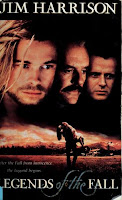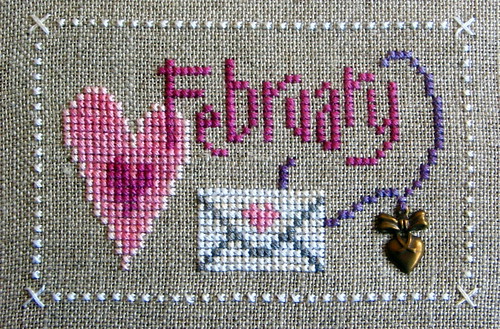 |
| Feminism FOR REAL |
Deconstructing the Academic Industrial Complex of Feminism
Edited by Jessica Yee
This book is SO GOOD. SO GOOD.
The only thing that kept me from giving it five stars was that, as with pretty much any anthology or short story collection, some of the pieces in Feminism for Real are stronger than others. (Maybe I should have given it five stars, but my ratings are typically a gut reaction and once I make them I don't really like to go back and change them). There were no real duds, just some selections that didn't speak to me so much, but overall the collection did what it said towards "deconstructing the academic industrial complex of feminism." This book is what I was hoping for from bell hooks' "Feminism for Everybody." The writers are a diverse group of people, mainly Indigenous and/or Canadian. They talk about how ivory tower feminism has failed them, and how they work anti-oppression principles into their everyday lives and activism.
Editor Jessica Yee's interview with anna Saini on sex work and feminism was one of the best pieces in the collection. Admittedly, it contained many ideas that I'd read elsewhere, but they bear repeating, especially since Saini's perspective is not one that gets much mainstream coverage. Here's an excerpt:
i agree that the missionary slant that feminist "saviors" of sex workers adopt is a modern form of colonialism. Sex workers are the contemporary Venus Hottentot for all the fascination that white feminists have with fetishizing our work.... If they really wanted to help, they would work to correct the racist, capitalistic, abelist and patriarchal power structures that force too many women into sex work, but because they have a stake in these structures they are willfully ignorant to this perspective.And I love this:
i don't think anyone is defined by what work they do for pay. In an ideal world, "job" is synonymous with "passion". i can envision this world in my art and the work in those in my communities, but in the mean time we need to respect the rights of people to identify with what they love rather than how they survive financially. We need to see beyond the confines that white, capitalist, patriarchy place on our humanity.This is so, so, spot on. Identifying people with the work they do is inherently a classist paradigm that erases the reality of so many people. It also places a premium on a person's ability to work at all. So many people cannot enter the workforce, despite wanting and/or needing to, because they are physically or mentally disabled in some way. Is someone who can't work less than fully human? Surely not.
Okay, I could go on and on and on about all the pieces I really liked, but this review is already being posted so much later than I wanted, so this is what you get. But read it. Seriously. Maybe I'll post a review "part II" at a later point.
Want more like this? Try:
- Language, Culture, and Two Spirit Identity This awesome blog post is not from the anthology, but it gives a flavor of the types of pieces that are in the book.
- Feminism is for Everybody, bell hooks. I read this in the beginning of the year for A Year of Feminist Classics, and it sparked some very interesting discussions.















